Galil Mountain Winery and Golan Heights Winery are both Israeli producers. You may not have even considered that wine is made in Israel, but it is and it's often really good and it's kosher.
Golan Heights Winery describes their part of Israel this way: "The Galilee (or Galil) is the most northern, and generally considered the best, appellation in Israel. The highest quality area within the appellation is the Golan Heights (or simply the Golan), the coldest region in Israel. The vineyards on this volcanic plateau rise from 1,300 feet above sea level to 3,900 feet and receive snowfall in the winter." The region is known as Israel’s "wine country."
The winery’s first vintage was the 1983 Sauvignon Blanc. Since then, it has been operated as "strictly Kosher" from the vineyard to the winery. Head winemaker Victor Schoenfeld leads a team that has trained around the world. Schoenfeld says wine "has the power to embody the culture, language, scents and people of its region."
Yarden Blanc de Blancs
Blanc de Blancs is a fancy term for a sparkling wine made only from Chardonnay grapes. The Yarden Blanc de Blancs is made completely from those that were grown in Israel’s Golan Heights region. The grapes were whole-cluster pressed and the wine was aged for a minimum of four years. Alcohol is quite manageable at 12% abv. It retails for $31.
The wine fizzes up quite bit, but the bubbles dissipate quickly. Its nose shows tons of toast and an earthy, yeasty quality that is undeniable. The savory aromas lead to a palate that displays more of that holy soil, embedded in a vibrant, but not quite racy acidity. It has great weight and offers the kind of taste treats one expects from Champagne.
Yarden Malbec
The 100% Malbec wine is sourced in Yonatan Springs in central Golan Heights. It's aged for 18 months in French oak, carries an alcohol number of 14.5% abv and retails for $33.
It's a wine that is dark to its core, in tint, aroma and taste. Blackberry and currant bring the fruit smells, while a savory aspect rivals it in the form of tar and spice. The palate is rich and dense, with dark fruit flavor and the mark of a year and a half in oak. The tannins are firm, but not overpowering. It rivals other popular-brand Malbecs, but comes at a higher price.
Galil Mountain Winery Yiron
Yiron is a Bordeaux-style blend from upper Galilee. The wine is Kosher, but not Mevushal.
Galil Mountain's head of winemaking Boaz Mizrachi Adam says he follows advice to "do the best you can without hurting future generations."
This wine features 56% Cabernet Sauvignon grapes, 32% Merlot, 7% Syrah and 5% Petit Verdot. Winemaker Micha Vaadia aged it for 16 months in French oak barrels. At 15% abv, it’s wise to keep an eye on uncle Julius if he’s driving. Retail is $32.
This dark wine has aromas of cassis with a savory backbeat. Anise and leather join the fruit on the nose. The sip offers a tasty expression of the grapes involved, with an earthy element that's not quite pencil shavings and not quite olives, but close on both counts. The tannins are a bit toothy, but that brisket probably needs a good taming.
The wines of both wineries start at under $20.
Follow Randy Fuller on Twitter





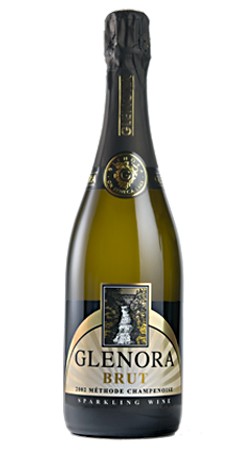








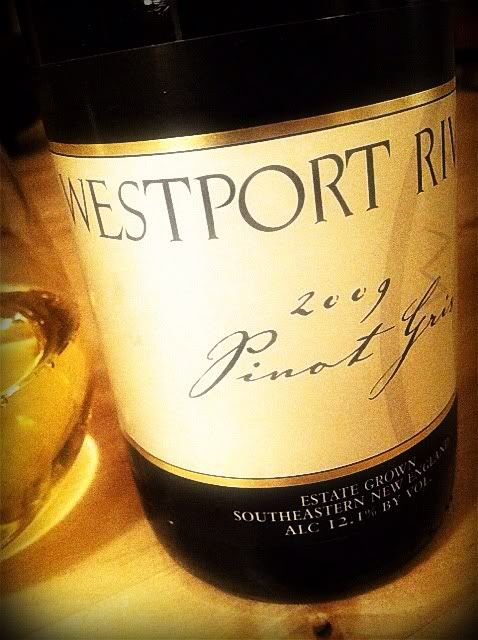 Westport Rivers
Westport Rivers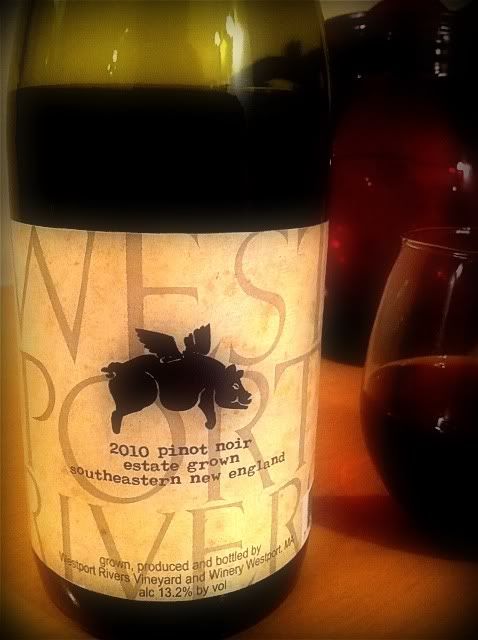 Westport Rivers Pinot Noir 2010 - At 13.2% abv, this is much more old world than new. Medium ruby in color, the nose on this Pinot Noir shows
Westport Rivers Pinot Noir 2010 - At 13.2% abv, this is much more old world than new. Medium ruby in color, the nose on this Pinot Noir shows 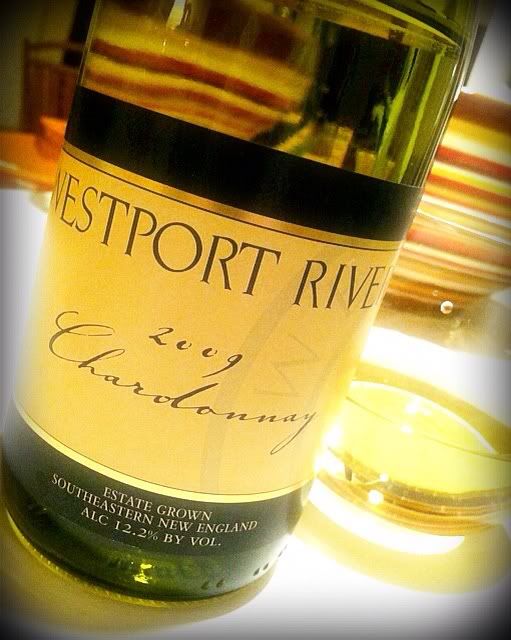 Westport Rivers Chardonnay 2009 - 100% estate-grown Chardonnay, this wine is 80% aged in French oak, sur-lie. Letting wine rest on the dead
Westport Rivers Chardonnay 2009 - 100% estate-grown Chardonnay, this wine is 80% aged in French oak, sur-lie. Letting wine rest on the dead  Westport Brut RJR 2006 - A traditional method sparkler comprised of 65% Pinot Noir grapes and 35% Chardonnay, the Brut has a
Westport Brut RJR 2006 - A traditional method sparkler comprised of 65% Pinot Noir grapes and 35% Chardonnay, the Brut has a 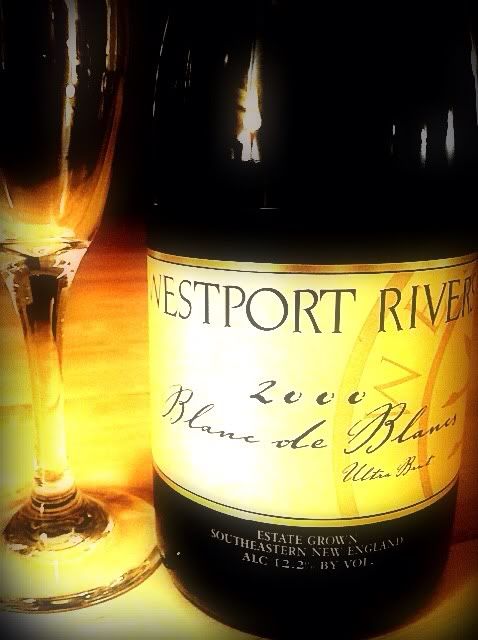 Blanc de Blancs Ultra Brut 2000- This yellow-gold sparkler offers one of the most pungent noses I've ever experienced in a
Blanc de Blancs Ultra Brut 2000- This yellow-gold sparkler offers one of the most pungent noses I've ever experienced in a 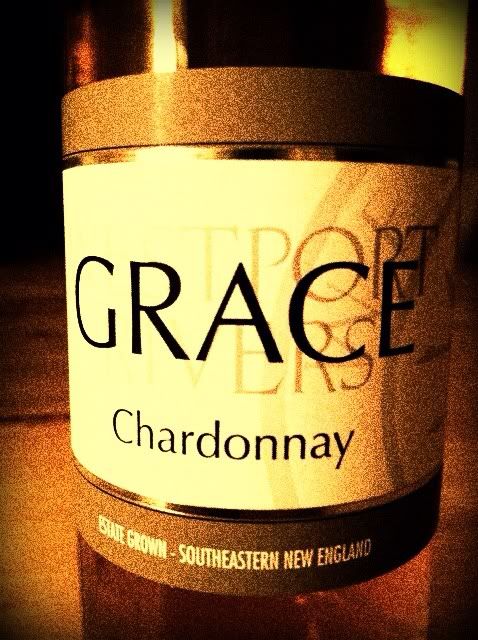 Grace Chardonnay NV - This is their aperitif Chardonnay, one of those gold medal winners they like to brag about. Westport Rivers
Grace Chardonnay NV - This is their aperitif Chardonnay, one of those gold medal winners they like to brag about. Westport Rivers 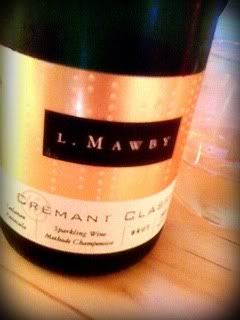 The L. Mawby Cremant Classic is made from 100% Leelanau Peninsula Vignoles from the Cremant Vineyard. It's an impressive wine, with frothy white bubbles, sweet citrus notes and almonds on the nose, lots of nuts in the flavor profile and a pleasant lemony feel on the palate. It shows a very pleasant sensation of ginger beer on the finish. The grapes used in making this wine - and the other three I'll mention - are hand-harvested and whole cluster pressed. Only the cuvée - the initial, gently pressed juice - is used in making the Cremant Classic. It retails for $22.
The L. Mawby Cremant Classic is made from 100% Leelanau Peninsula Vignoles from the Cremant Vineyard. It's an impressive wine, with frothy white bubbles, sweet citrus notes and almonds on the nose, lots of nuts in the flavor profile and a pleasant lemony feel on the palate. It shows a very pleasant sensation of ginger beer on the finish. The grapes used in making this wine - and the other three I'll mention - are hand-harvested and whole cluster pressed. Only the cuvée - the initial, gently pressed juice - is used in making the Cremant Classic. It retails for $22.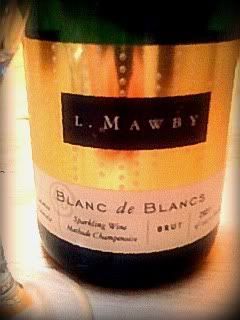 L. Mawby Blanc de Blancs - like the Cremant Classic - is also produced in the méthode champenoise. It's a non-vintage sparkler of 100% Chardonnay from the Leelanau Peninsula AVA. Only the cuvée is used and it is bottle fermented and aged a minimum of 24 months. This wine sports a nutty nose with lemon-lime citrus notes and a yeasty feel on both the nose and palate. It's bright and festive, and retails for $19.
L. Mawby Blanc de Blancs - like the Cremant Classic - is also produced in the méthode champenoise. It's a non-vintage sparkler of 100% Chardonnay from the Leelanau Peninsula AVA. Only the cuvée is used and it is bottle fermented and aged a minimum of 24 months. This wine sports a nutty nose with lemon-lime citrus notes and a yeasty feel on both the nose and palate. It's bright and festive, and retails for $19.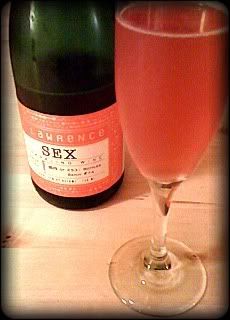 The M. Lawrence Sex is a rosé bubbly made from 75% Pinot Noir and 25% Chardonnay grapes. This one is a tad sweeter, getting a Brut dosage of 1.4% RS. Again, only the cuvée is used, but this wine is produced using cuve closefermentation - receiving its second fermentation in a closed tank.
The M. Lawrence Sex is a rosé bubbly made from 75% Pinot Noir and 25% Chardonnay grapes. This one is a tad sweeter, getting a Brut dosage of 1.4% RS. Again, only the cuvée is used, but this wine is produced using cuve closefermentation - receiving its second fermentation in a closed tank.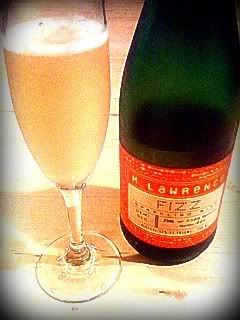 Fizz is also under the M. Lawrence label, and it's their sweetest sparkling wine. Produced from 75% Pinot Noir and 25% Chardonnay grapes, Fizz differs from the other three L. Mawby wines I tasted, in that the tailles juice is used - the second fraction of juice pressed, after cuvée - and it's finished with a Demi-Sec dosage, 3.5% RS.
Fizz is also under the M. Lawrence label, and it's their sweetest sparkling wine. Produced from 75% Pinot Noir and 25% Chardonnay grapes, Fizz differs from the other three L. Mawby wines I tasted, in that the tailles juice is used - the second fraction of juice pressed, after cuvée - and it's finished with a Demi-Sec dosage, 3.5% RS.
 Biltmore Reserve Chardonnay 2009 North Carolina
Biltmore Reserve Chardonnay 2009 North Carolina Biltmore Estate Château Reserve Blanc de Blancs 2008 North Carolina Méthode Champenoise Brut
Biltmore Estate Château Reserve Blanc de Blancs 2008 North Carolina Méthode Champenoise Brut